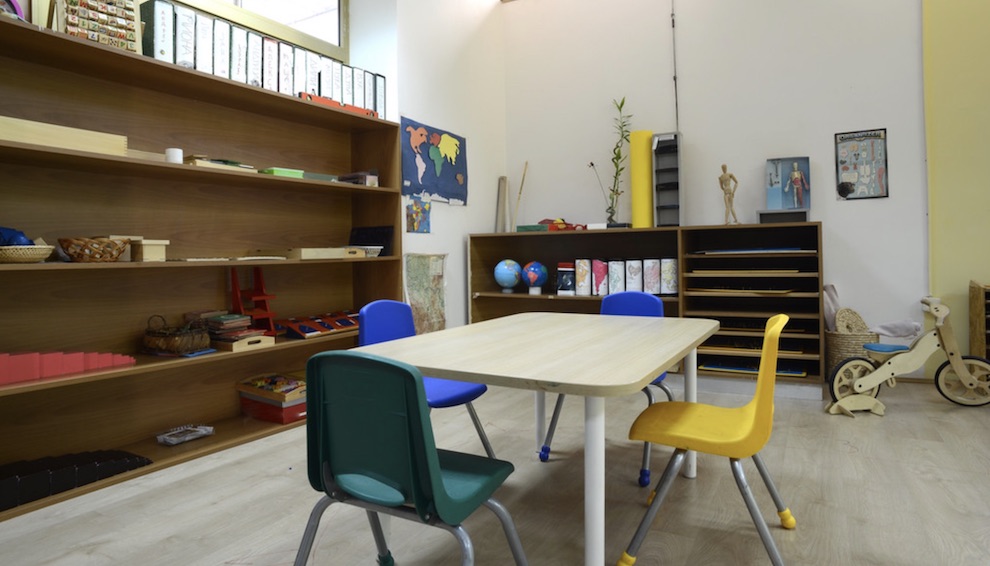The Montessori Preschools' Innovative Method
- Written by The Times

Montessori preschools provide an alternative to conventional pre-kindergarten environments. Developed by Dr Maria Montessori in the early 1900s, this distinct educational approach emphasizes independence, freedom within limits, and respect for a child's natural development. A Montessori preschool that is well-run offers children an environment that is tailored towards learning through hands-on activities and exploration, while also nurturing their individual interests and abilities. Montessori preschools can be a highly valuable aspect of a child's education by fostering a love of learning, building self-confidence, and teaching important social skills like collaboration and problem-solving.
The history of Montessori preschools can be traced back over a hundred years to the time when the Montessori method of teaching and learning was first introduced. It has gained increasing popularity in the United States in recent decades. The system was created by Italian educator Maria Montessori and is based on her observations of children's natural tendencies to learn and develop the best when they are given freedom within a prepared environment. Montessori preschools offer an environment that enables each child to work at their own pace with materials specifically designed to foster independence, self-discipline, concentration, coordination, and creativity. Children are given the chance to explore freely while being supported by teachers who guide them as they learn through hands-on activities. The Montessori preschool in Singapore typically offers a variety of activities that encourage children to engage in creative play and self-directed learning.
The first Montessori school was opened in Rome in 1907 by Dr Maria Montessori, named “Casa de Bambini” or Children's House. Her objective was not only to teach academics but also to assist children in becoming competent members of society who can think critically about their world and take responsibility for their actions. This innovative approach quickly spread across Europe and eventually made its way around the globe, where it is still used today in both public schools and private preschools.
The Montessori method focuses on the overall development of the child, placing emphasis on learning through exploration, play, and discovery. This holistic educational approach encourages children to become independent thinkers who are better prepared for success in school and life. One of the most significant benefits of a Montessori preschool is its focus on individualized learning. At traditional preschools, children are expected to keep up with their peers at a certain pace, but at Montessori schools, teachers understand that each child learns differently and provide instruction tailored to their individual needs. This personalized approach helps students develop greater self-confidence and critical thinking skills as they make discoveries on their own terms.
In addition to supporting each student's academic growth, the Montessori method also fosters social-emotional growth by promoting cooperation over competition among peers. Through collaborative activities like group presentations or class projects that require teamwork between classmates of different ages and abilities, children learn how to be respectful towards others while also building strong relationships with those around them. This skill set is one that they will carry into adulthood, regardless of their chosen career path.
When considering curriculum and educational approaches, it is important to take into account what content should be included in the curriculum and how it should be presented. It is also essential for teachers to make sure that their curricula are current and relevant to current trends in the field. For instance, technology has become a central aspect of our lives and has had a significant impact on how we learn, so any school's curriculum should include some form of technology component or focus on digital literacy skills. Additionally, curricula should also include problem-solving skills, so that students can gain practical experience in applying their knowledge to real-life situations.

















